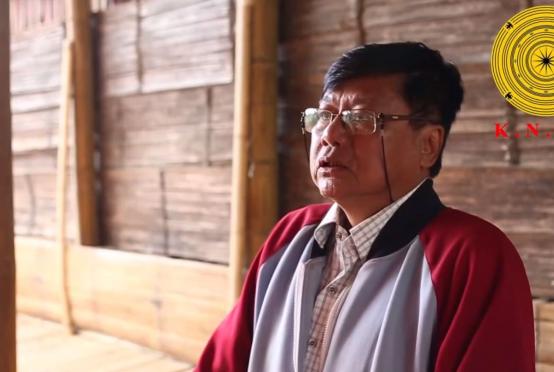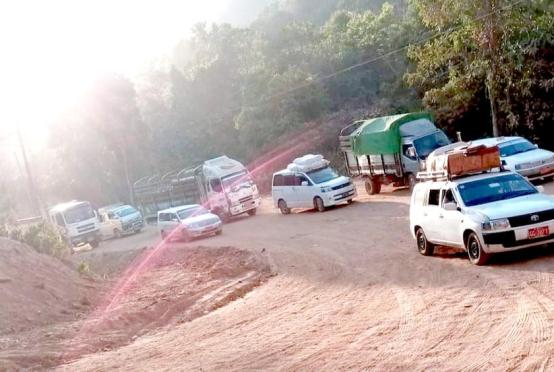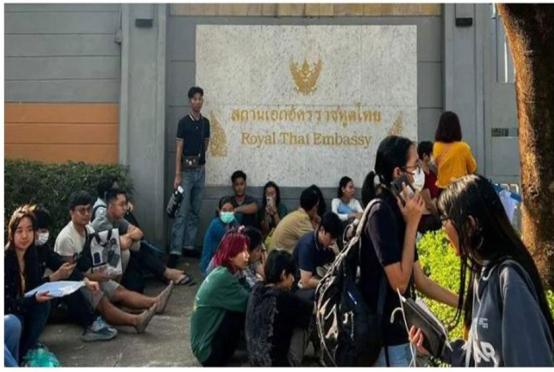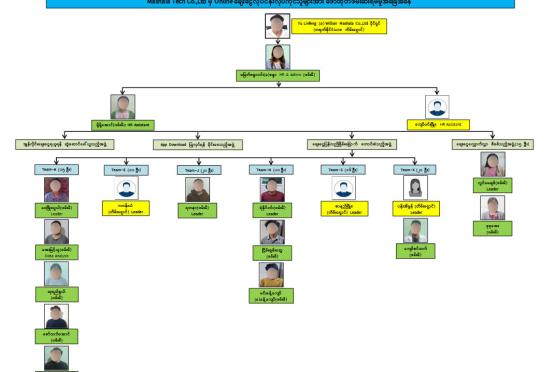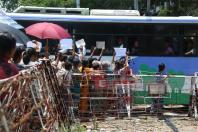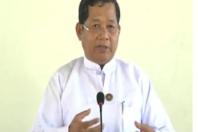The government and the Japan International Cooperation Agency (JICA) plan to develop a system utilizing artificial intelligence to protect the tropical rain forests in South America’s Amazon region.
AI will be used to predict areas where the risks of illegal logging and forest fires are high.
The government and JICA will reach an agreement with the Brazilian government over the provision of grant aid by the end of this year at the earliest, and start the project next spring at the earliest.
Japan has provided images from the Japan Aerospace Exploration Agency’s Advanced Land Observing Satellite (ALOS) to Brazil since 2009 to help the country monitor conditions in the Amazon.
ALOS can monitor conditions on the earth’s surface even if clouds cover the area, and can thus detect changes in forest conditions during the rainy season, when illegal logging tends to occur.
In August last year, Brazil asked Japan to offer technological cooperation to help prevent the loss of forests. The Japanese government has decided to develop a system that uses AI to analyze relevant Brazilian government data.
Since the 1970s, the Brazilian government, in cooperation with other countries, has collected satellite images of forests, and data on forest acreage decline and illegal logging.
The new system will use the data to predict areas where illegal logging tends to occur, such as newly developed farmlands and major roads along upstream zones of the Amazon River, and local police forces will monitor those areas to deter illegal logging.
Because forest fires in the Amazon have been increasingly serious in recent years, Brazil, Japan and JICA want to make it possible to predict areas where fires tend to occur due to slash-and-burn farming among other factors.
A process by which Japanese experts will operate the new AI-equipped system from Japan and provide the information to Brazil is under consideration.
In other countries, there are plans to launch satellites with the same level of functions as those of the ALOS.
But, “This will be the world’s first system using AI,” a JICA official said. “We want to realize a kind of technological cooperation unique to Japan.”
According to statistics of the U.N. Food and Agriculture Organization (FAO), between 2010 and 2015, the Amazon rain forest decreased in size by an annual average of about 980,000 hectares — about the size of Aomori Prefecture.
According to Brazil’s National Institute of Space Research (INPE), the loss of forest acreage in the country had been on the decline, from about 790,000 hectares in 2016 to about 690,000 hectares in 2017.
But this year there were about 96,000 forest fires from January to Sept. 29, surpassing the number of fires in the whole of last year.
Experts have voiced concerns that the situation may adversely affect the global environment.


